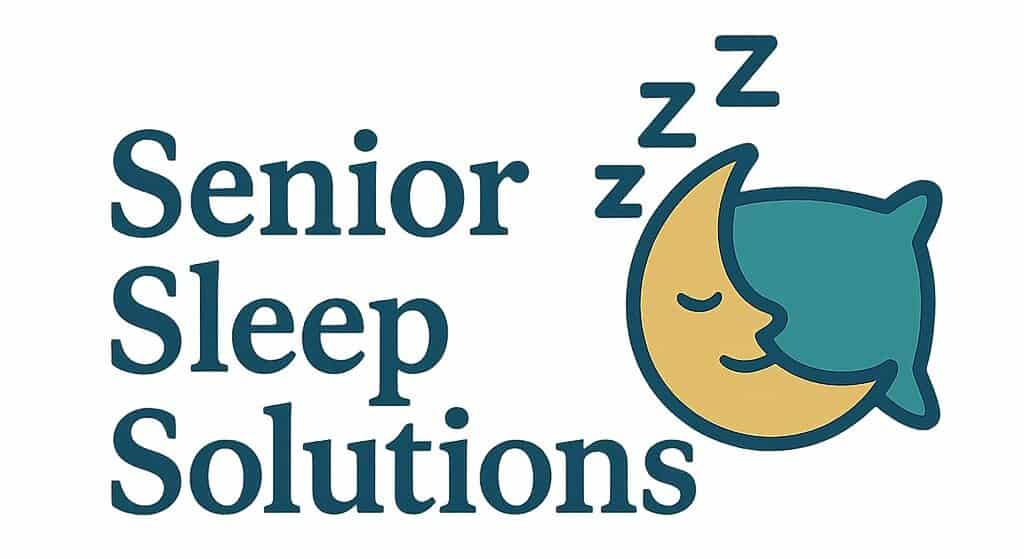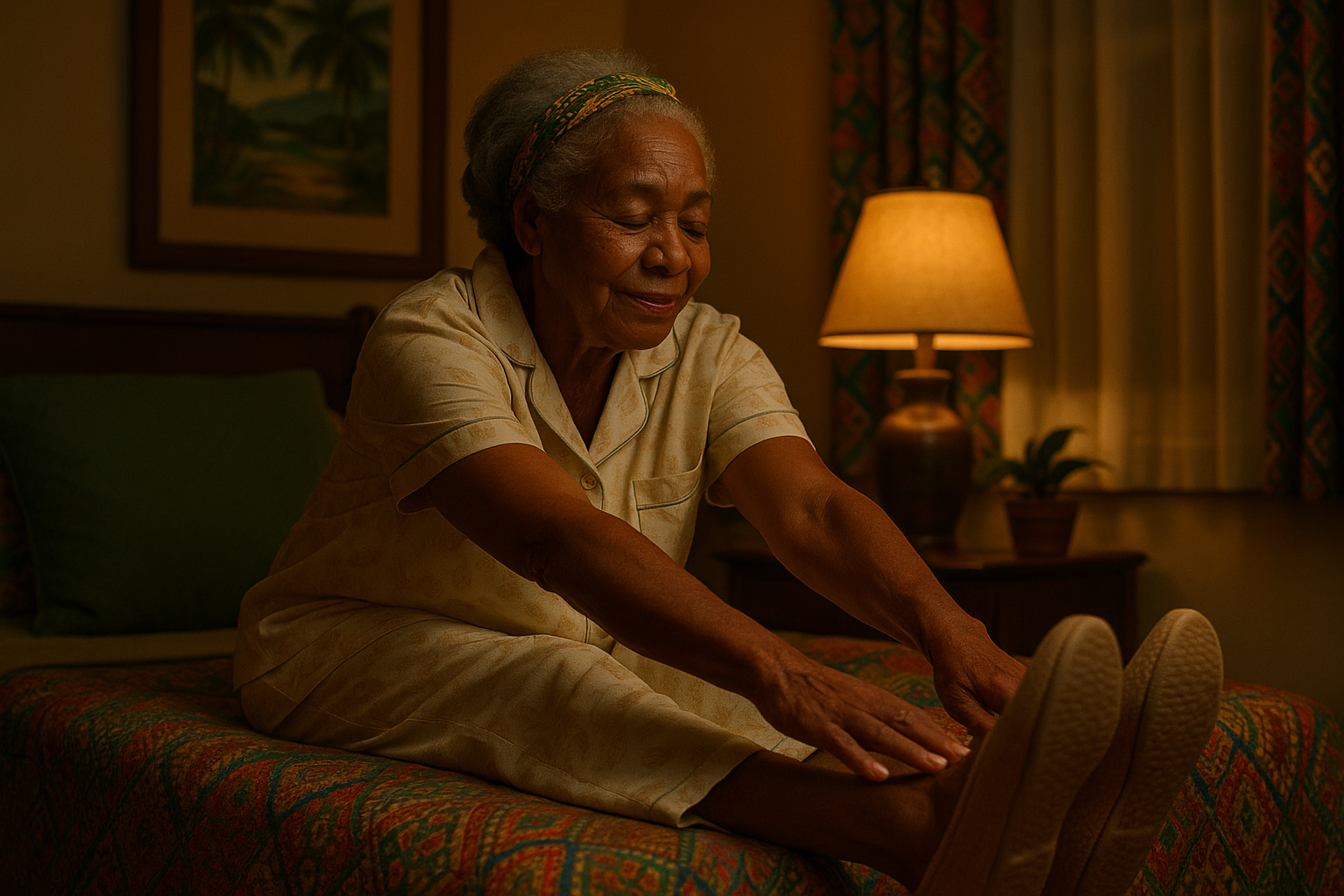Hi friend, if you’ve ever felt exhausted during the day, even after a full night in bed, you’re not alone. For many older adults, sleep isn’t just about quantity, it’s about quality. And sometimes, the reason for poor-quality sleep goes beyond typical insomnia. Conditions like sleep apnea and movement disorders often go undiagnosed but can seriously affect how rested you feel.
Let’s dive in to what these conditions look like in later life, and what you can do about them.
What Is Sleep Apnea?
Sleep apnea is a condition where breathing repeatedly stops and starts during sleep. In obstructive sleep apnea (the most common kind), the muscles in the back of the throat relax too much and block airflow. According to the National Institute on Aging, signs can include:
- Loud snoring
- Gasping or choking during sleep
- Waking up with a dry mouth or headache
- Feeling very tired during the day, even after a full night in bed
Sleep apnea can raise your risk for heart problems, stroke, and cognitive decline, but it’s treatable. Common options include CPAP therapy (a machine that helps keep your airway open), weight loss, dental devices, and surgery in more severe cases.
Movement Disorders That Disrupt Sleep
It’s not just breathing problems that interfere with sleep. The National Institute on Aging also outlines common sleep-related movement disorders in older adults:
- Restless Legs Syndrome (RLS): An uncontrollable urge to move your legs, especially in the evening.
- Periodic Limb Movement Disorder (PLMD): Repetitive cramping or jerking of the legs during sleep.
- REM Sleep Behavior Disorder: Acting out dreams—kicking, punching, or talking—because your body doesn’t stay still during REM sleep.
These conditions may be linked to medications, nerve issues, or other health problems. A doctor can help diagnose the issue, often using a sleep study or overnight observation.
What You Can Do
- Keep a sleep journal. Note symptoms like waking up tired, nighttime movements, or loud snoring.
- Talk to your doctor. These aren’t just “normal aging” issues, they’re medical conditions worth addressing.
- Consider a sleep study. Many clinics offer take-home tests that can identify apnea or limb movement disorders.
- Try lifestyle changes. Losing weight, reducing alcohol, avoiding evening caffeine, and sticking to a routine can reduce symptoms.
- Explore treatment. CPAP machines, melatonin supplements, or medications may help depending on the root cause.
Sleep disorders like apnea and RLS often go undetected, but they don’t have to. If you’re waking up unrefreshed, don’t brush it off. Getting to the bottom of it can help you sleep soundly and wake up ready to enjoy the day ahead.

